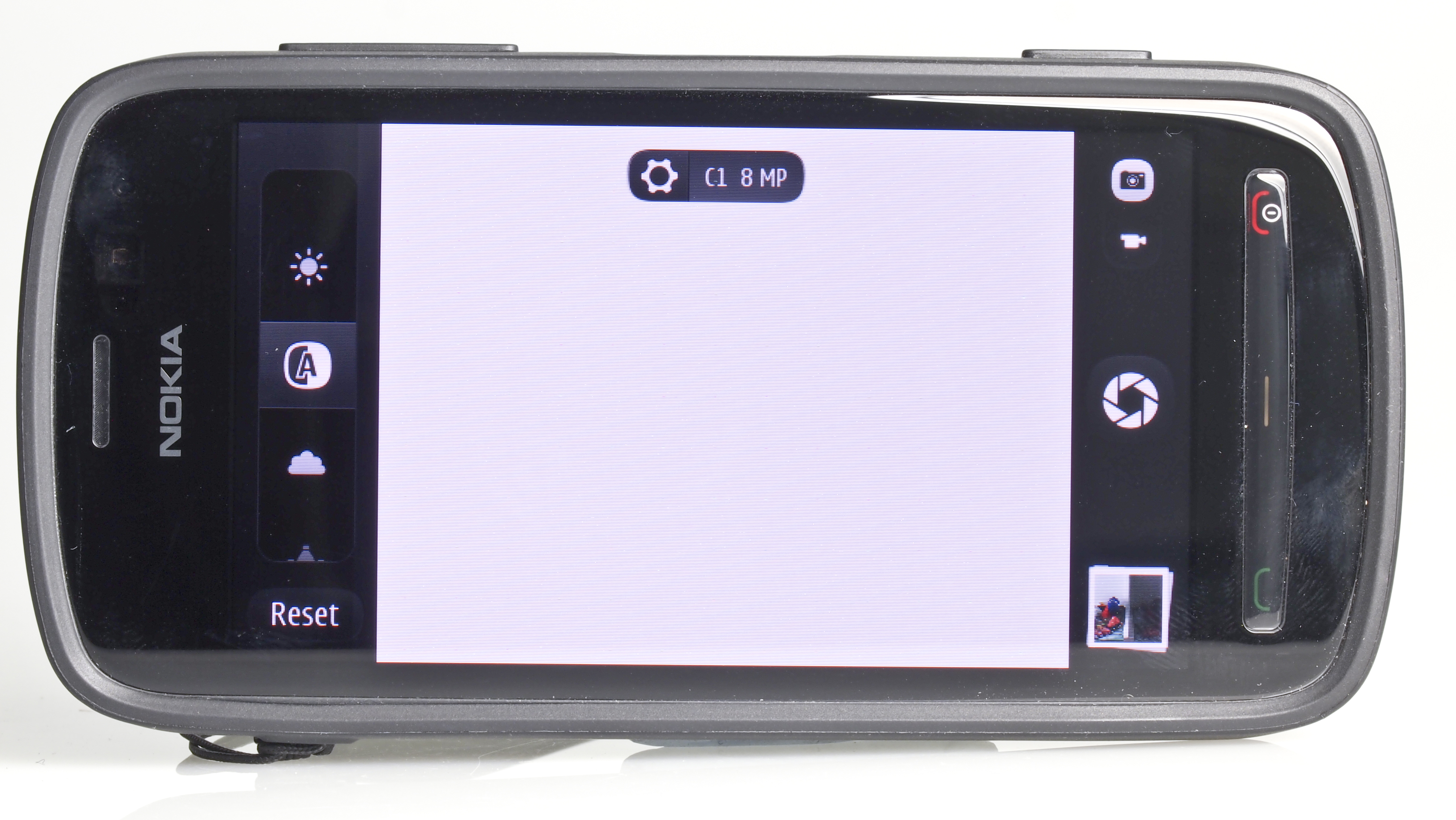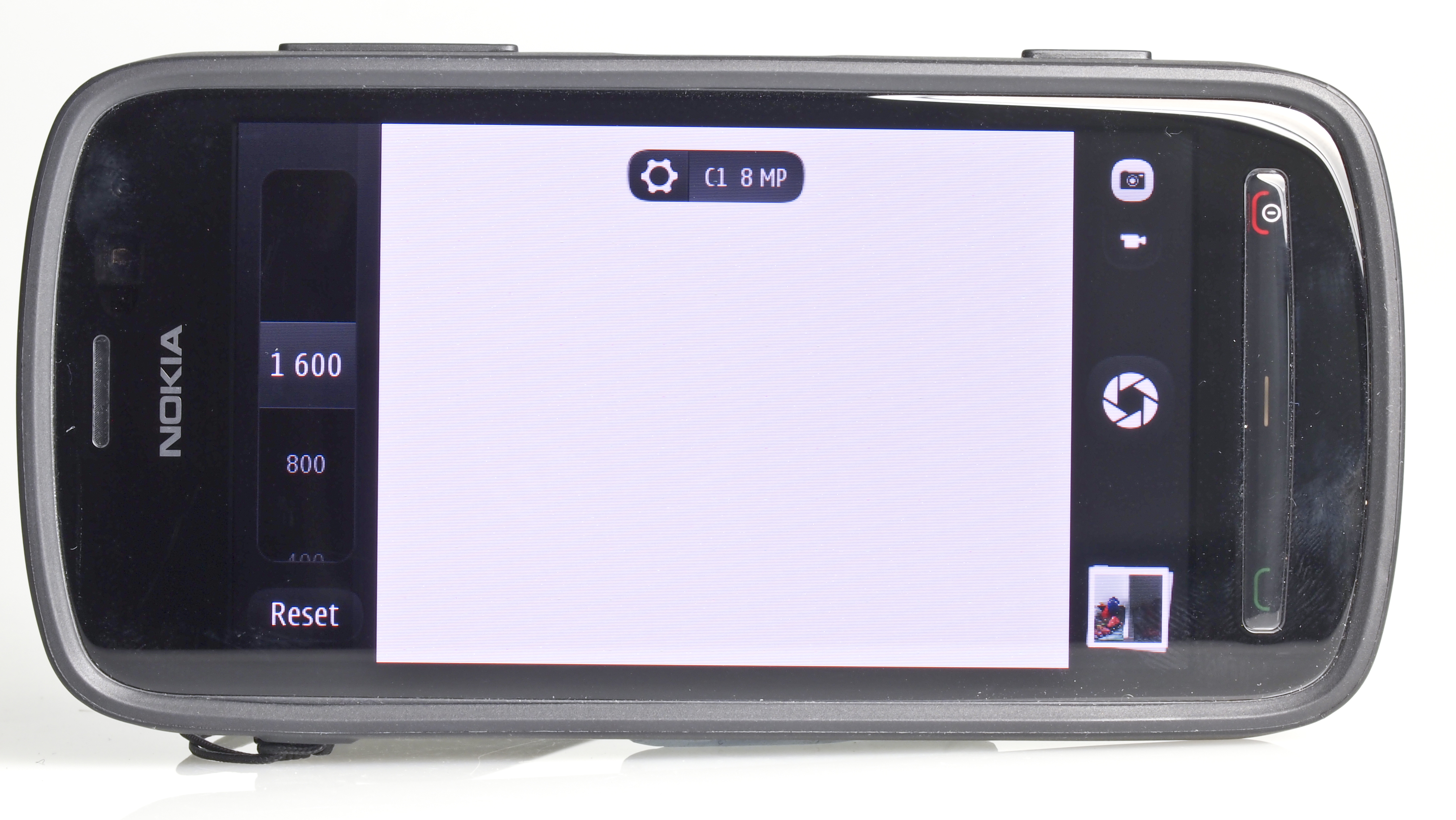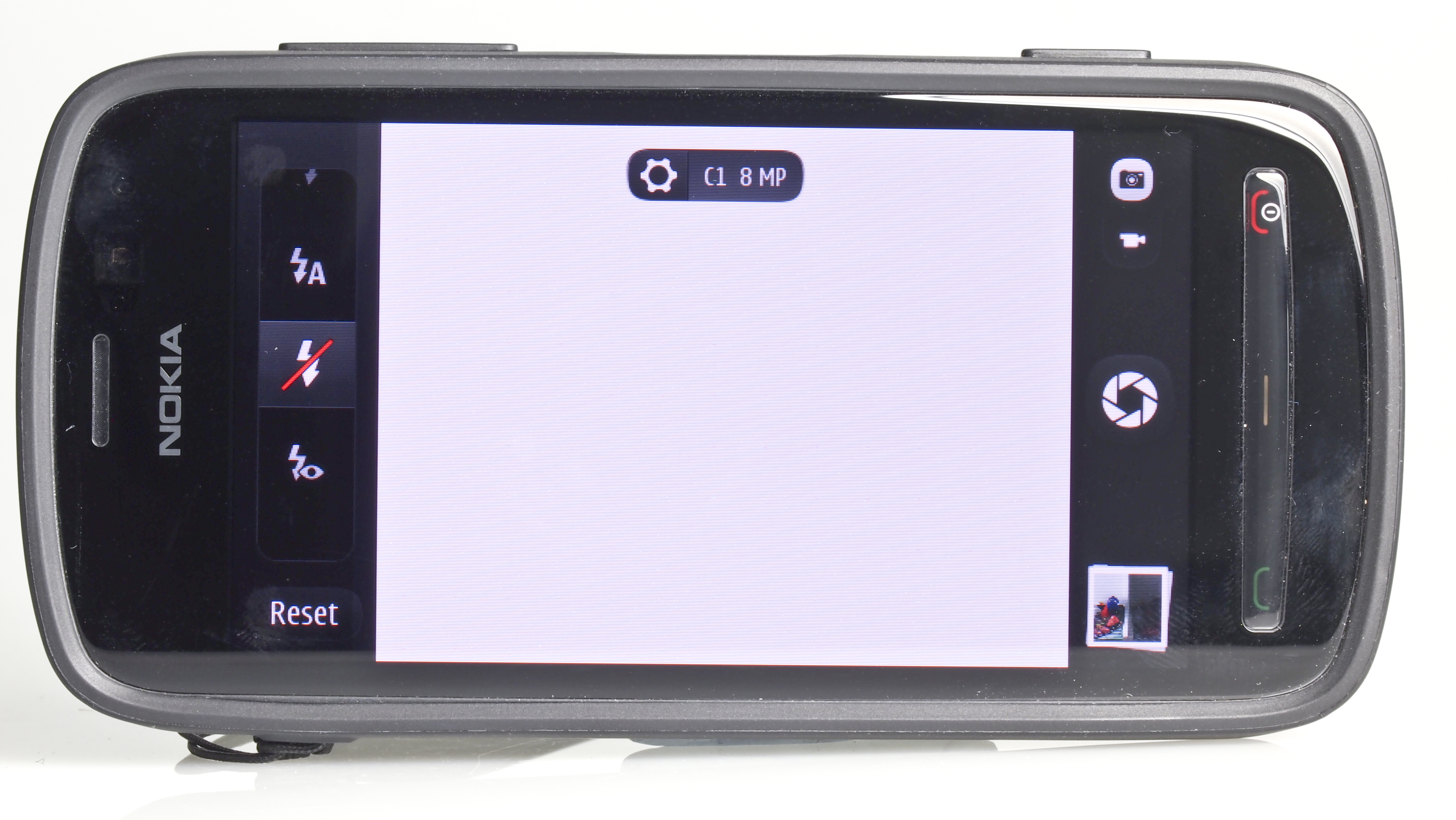Nokia 808 Pureview camera: how good is it?
The complete lowdown on the 41 megapixel camera
The Nokia Pureview 808's camera is capable of producing very nice images in good conditions. Colours are bright and punchy, while pictures are crisp and clear.
We found very little evidence of chromatic aberration on images, even in high-contrast areas.
Although only equipped with a small sensor, the Nokia Pureview 808 is still capable of producing shallow depth of field effects in certain situations. Given the level of control on the camera, it's a big shame that aperture isn't one of the parameters that can be adjusted.

In the majority of cases, focusing speeds on the Nokia Pureview 808 were quick and generally accurate, although on occasion there does seem to be a lag between pressing the screen and the focus point box appearing.
Metering is another parameter that can't be manually set, so it seems likely that the smartphone's camera uses evaluative, or general metering. In the majority of cases this works quite well, only struggling in very mixed or strong light. If faced with such conditions, you can adjust the exposure compensation.
Sensitivity however, can be adjusted, or left to automatic if you prefer. With a range up to ISO 1600, the 808 is capable of grabbing shots in lower light conditions, but our tests indicate that these images are best kept fairly small and won't make good prints.

Images taken at ISO 800 look much better. At 100% on a computer screen shadow areas have a painterly pattern which is less of an issue in well illuminated sections. At around A4 size on screen there's a noticeable granular texture in the shadows, but it's not too unpleasant.
Sign up for breaking news, reviews, opinion, top tech deals, and more.
As you would expect, lower sensitivity images have more detail visible, but there's still a slight graininess in the shadows of images taken at ISO 200 at A4 size.
Once you've taken a shot, edits can be made from the Gallery area. This includes basic cropping, and more advanced options such as adding digital filters and frames.

None of the filters are labelled with names, instead relying on basic clipart-style graphics to illustrate the function, so these take some experimentation to learn the differences between all of them.
The filters are not particularly exciting, and it's a shame there couldn't have been something a little more creative here to take on the might of Instagram, which is available on iOS and Android, but not of course Symbian Belle, the Nokia Pureview 808's operating system.

Similarly, we can't see the jokey frames and clip art appealing to any serious photographers - another element that could have offered something a bit different.
More advanced editing comes in the shape of brightness, contrast and saturation adjustment. Red Eye Reduction and Auto Levels are also available. RGB controls are available, meaning you can create your own digital filters by dragging the sliders, for instance creating a Posterised or a Cross Process effect.
Current page: Performance
Prev Page Nokia Pureview 808 cameraphone introduction Next Page Image quality and resolution
Amy has been writing about cameras, photography and associated tech since 2009. Amy was once part of the photography testing team for Future Publishing working across TechRadar, Digital Camera, PhotoPlus, N Photo and Photography Week. For her photography, she has won awards and has been exhibited. She often partakes in unusual projects - including one intense year where she used a different camera every single day. Amy is currently the Features Editor at Amateur Photographer magazine, and in her increasingly little spare time works across a number of high-profile publications including Wired, Stuff, Digital Camera World, Expert Reviews, and just a little off-tangent, PetsRadar.